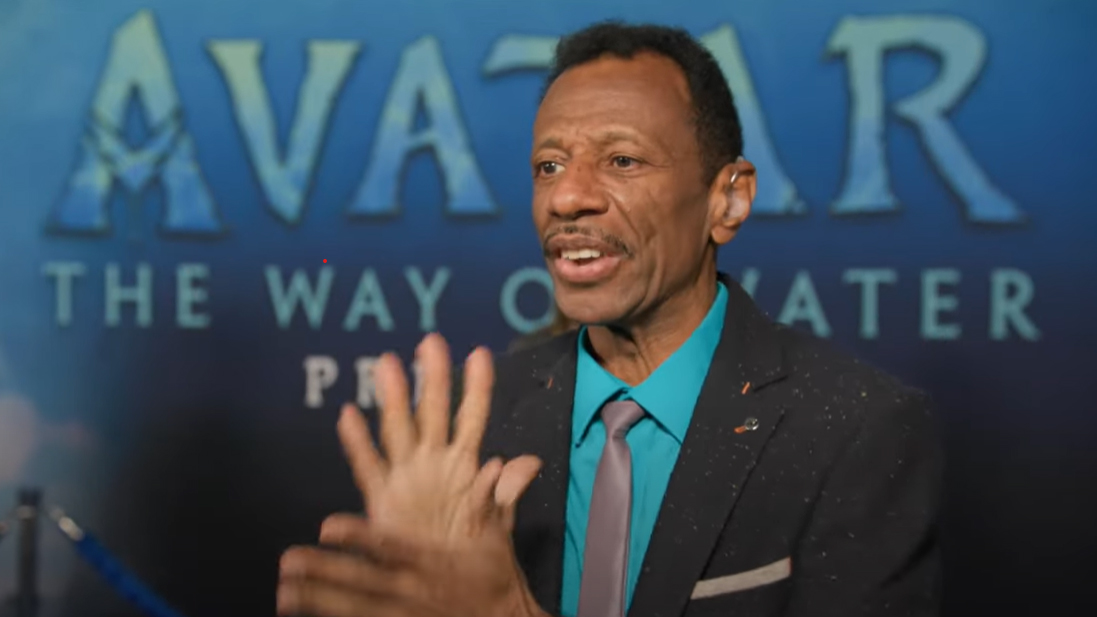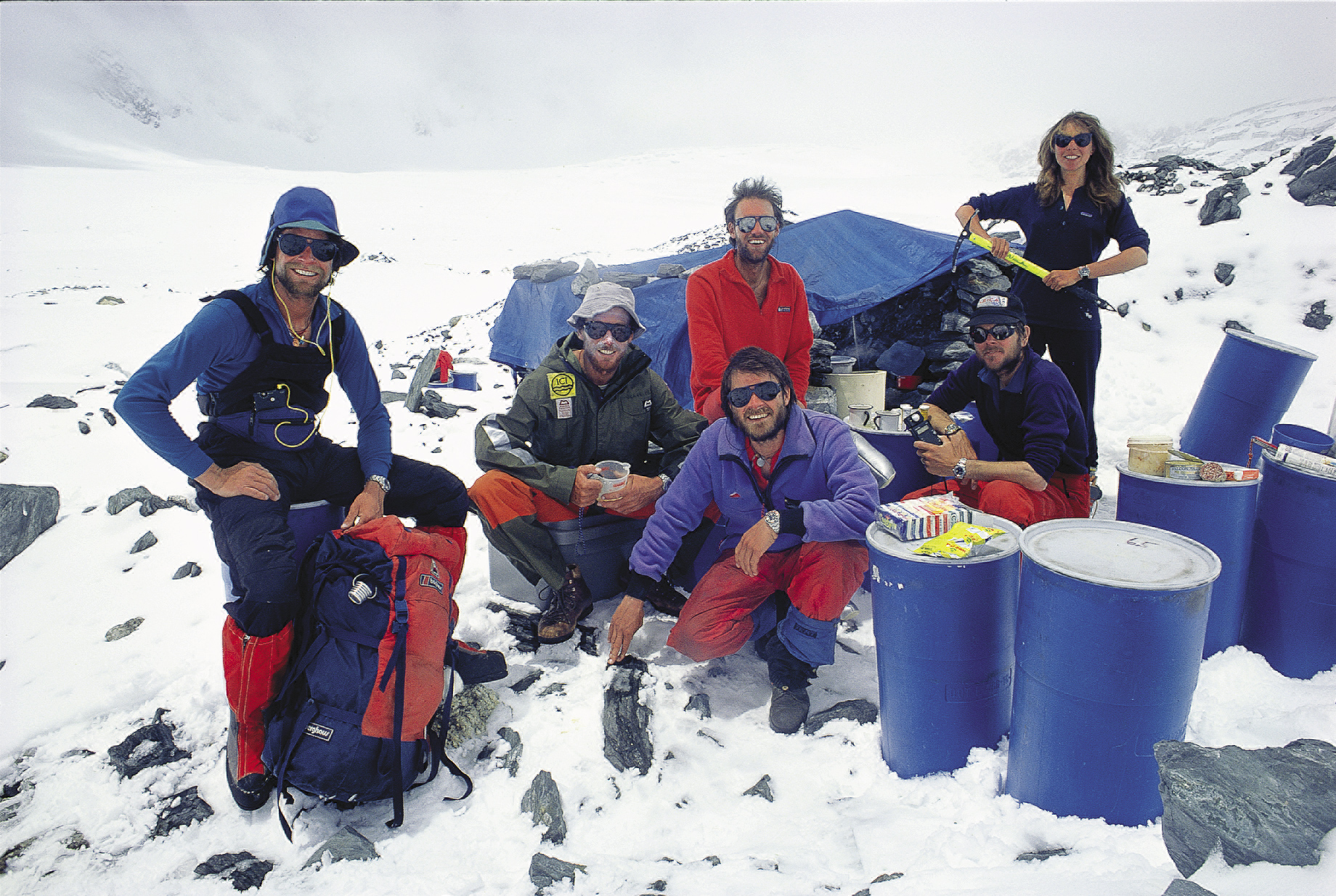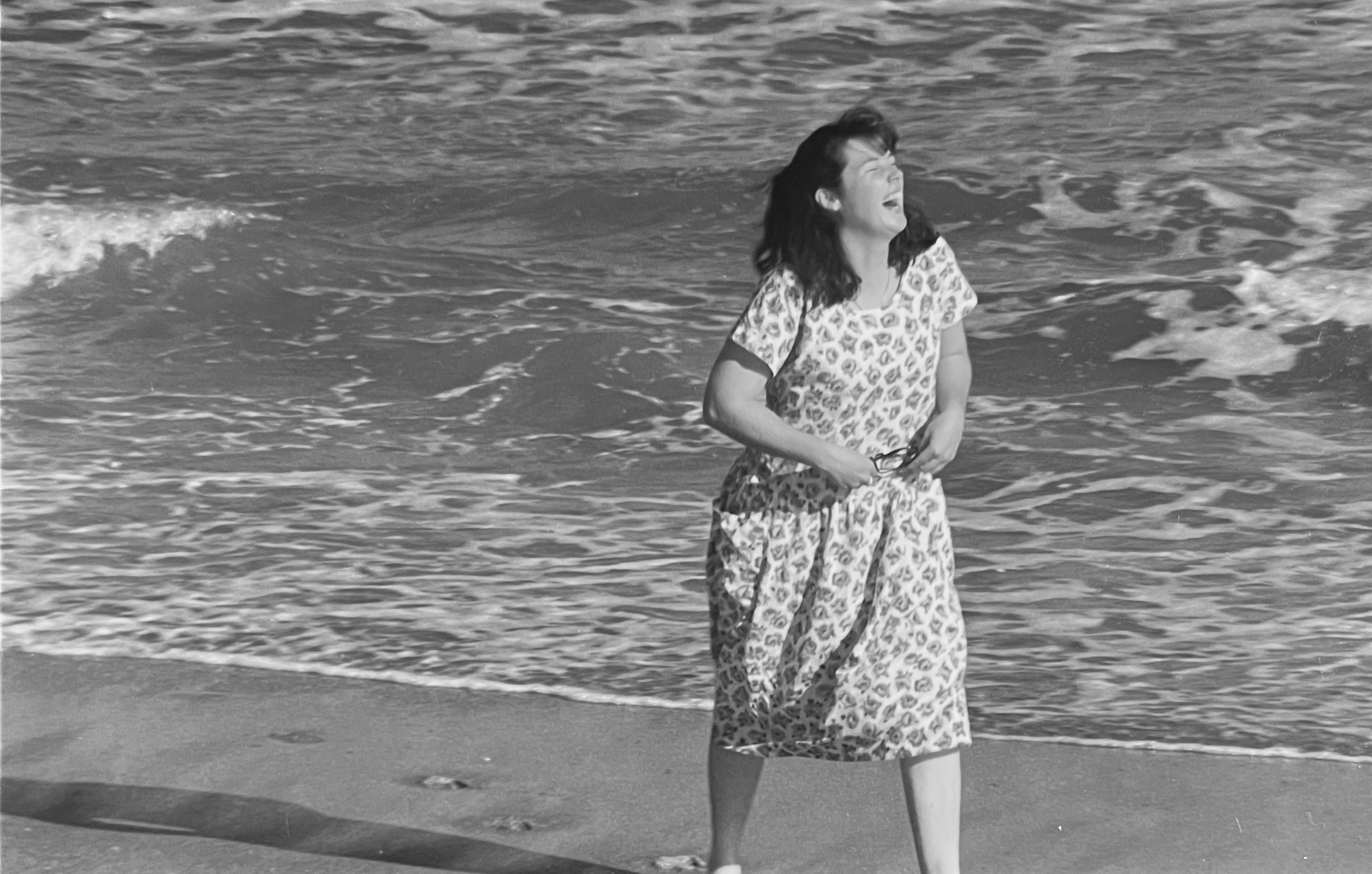
Over the past 6 years we have seen a lot of news coverage relating to the Syrian war which has resulted in more than 11 million Syrians being killed becoming displaced and seeking refuge around the world, and being called the worst humanitarian crisis of our time. The subsequent uprising of Syrian people who still remain in the country has also been covered, but with so much going on with politics on a global scale, it becomes easy to forget that there are many people’s lives who are in danger every day.
One of the most dangerous professions in Syria right now is journalism, and the country is also listed as the worst place for journalists as a number of reporters from around the world have been killed while doing their job. Nevertheless, journalism is needed, especially during times of conflict in order for the rest of us to know what is happening. An organization committed to sharing the ongoing stories of Syrians still living amongst the conflict is also determined to ensure women’s voices are represented in greater number in the media, and that women’s issues are not pushed to the wayside.
The Syrian Female Journalists Network was founded by Milia Eidmouni and her friend Rula Asad in late 2012 with a mission not only to amplify the voices of female journalists in Syria and help them get into positions of leadership, but also to help elevate the women’s movement and gender issues in general. Both Milia and Rula are based out of Europe as it has become increasingly dangerous for freelance journalists to report on the ground in Syria, but they do still work with many who are still there.

Rula says the organization also works with men, but they want to collectively work against the gender stereotypes and cultural taboos in Syria that see only certain types of professions such as teaching or writing about topics such as cooking and beauty as suitable for women. Studying journalism in the 1990s made her very aware of this but she was determined to chart her own path.
“There were a lot of women studying media, but we already knew that we [would] not work as journalists,” she told Women’s Media Center reporter Marija Sajkas.
“We only had government-owned media, and these posts were, by default, occupied by older people and mostly by men,” she added.
When the uprising began in 2011 Rula and many other women became activists in the ensuing movement and soon began to realize how important reporting was. Initially there were very few news sources, but many activists and citizen journalists began to rely on the internet and social media as a means to share what was happening with the rest of the world. She also saw how important it was to specifically focus on women’s issues.
“Increasingly, I was becoming aware that there is a need for helping women journalists in Syria. But not the ones who were reporting for CNN or Al Arabiya. There was a need to support women who were gathering news on the local level, who were mostly without access to resources,” said.

After founding SFJN, they began training workshops to educate women in reporting tools, how to raise awareness about women’s issues and how to utilize the internet in their work. As the unrest continued however, it became too dangerous to conduct in-person workshops, and today the organization mostly uses social media and Skype to train new members.
Part of what they teach those who join is what is means to be a citizen journalist, the concept of freedom of speech, and how simply taking photos or getting quotes from people on the ground can be very useful to larger stories being written by people based in other countries who don’t have access. Aside from women not typically being thought of as journalists in Syria, there are other gender barriers they face.
“In some areas of the country, you cannot even put a women’s face next to the article about her, or she has to wear hijab in the photograph. In those cases we help journalists find ways to work around that,” said Rula.
The journalists in their network are most interested in covering stories about gender and sexual violence, the Syrian women’s movement, and women’s political participation. The organization runs three major campaigns a year around International Women’s Day, freedom of expression, and on the 16 Days of Activism.

The citizen journalist movement in Syria has become one of the most powerful forms of activism, allowing global news media to have access to stories and people in a way that shows the value of the internet in a time of crisis and violence. This has been documented in brilliant fashion in the documentary ‘City of Ghosts’, which followed the journey of a group of rebel reporters who started a Facebook Page called Raqqa Is Burning in order to show the rest of the world what was really happening in the city, at the very start of the conflict.
Rula says that the uprising movement has given voice to everyday people in a way that didn’t exist before, but there is still a long way to go.
“Before the war, there was only government opinion, and now we have alternative media, and thus often two sides to a story…Emerging media is still not proficient, and they have almost no resources, yet they are [still] doing really, really well,” she said.
The SFJN wants to help Syrian female journalists gain enough experience that they can go on to bigger and bigger roles within the media, as the current ecosystem makes it difficult for this to happen, as Milia explained to NewsDeeply.com‘s Women and Girls section.
“Our goals are to challenge social norms and strengthen the role of female journalists as agents of change; to break taboos about gender issues in Syrian society,” she said.

The organization conducted a study looking at the landscape of media from 2011 to 2016 and found that coverage of women’s issues peaked around International Women’s Day and Mother’s Day, then dropped off. As a result, they developed a resource called the Code of Conduct, a non-binding agreement which they are lobbying media organizations to adopt so they are aware of how they cover women’s stories, the female journalists they hire and how they can get into management positions.
“Even though we have hundreds of emerging media outlets in Syria, fewer than 35 percent of the staff are women, and based on the study, these women are more likely to be volunteers and part-time staff. We found that only 4 percent of senior journalists are women. The women who are in decision-making roles are those who founded or cofounded a media outlet, otherwise they will not reach the level of editor, manager or even reporter,” she said.
So far 4 media organizations have agreed to adopt their Code of Conduct, which shows the power of advocacy. Although the war is a major topic of reports from Syria, the SFJN want to ensure that women’s issues and voices are an integral part of coverage outside of this focus.
“For us, women’s rights should be a priority for everyone, and we should take advantage of what is happening now in Syria to challenge our society to say that women’s rights are human rights. We should talk about them all the time, not just at specific times, or during conflict,” said Milia.
You can learn more about the Syrian Female Journalists Network on their website, and listen to some of their stories on women in Syria on their Soundcloud page.

















One thought on “The Syrian Female Journalists Network Is Bringing More Women’s Voices Into News Coverage”